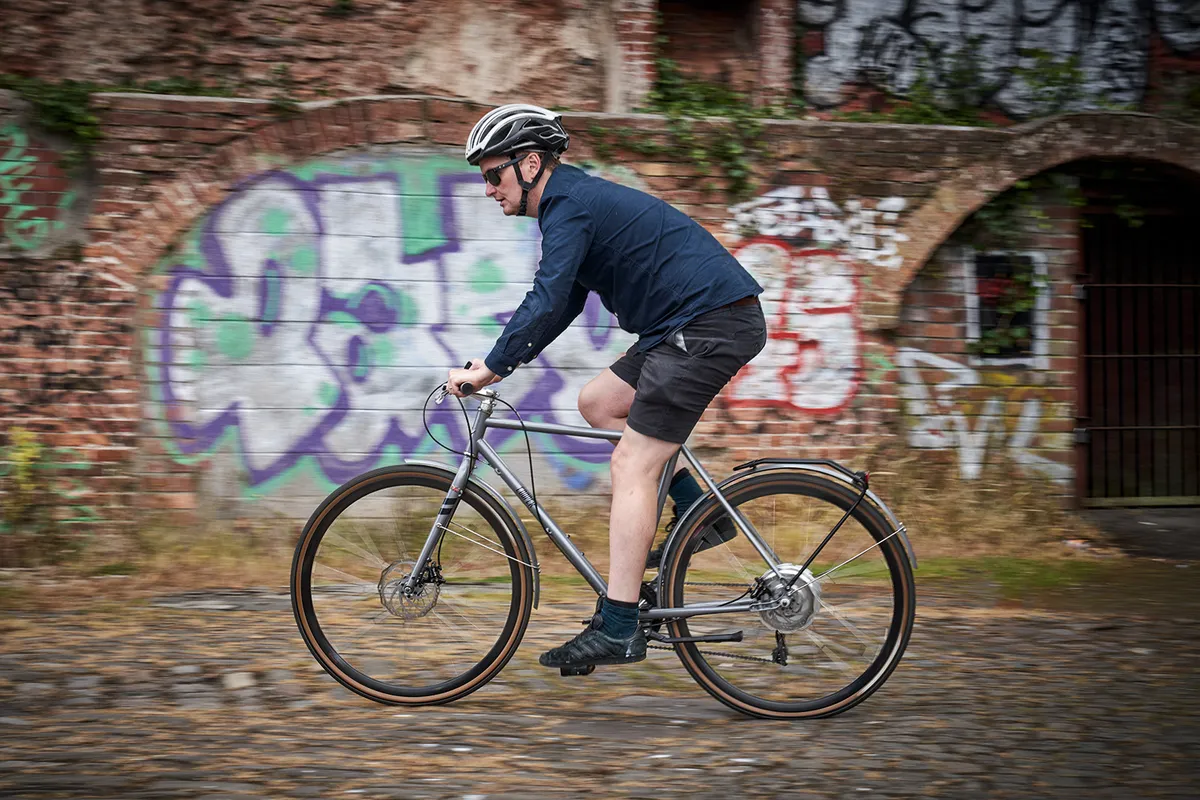EU regulations around ebikes could be set to change, potentially altering their classification as bicycles.
Several EU ministries announced before the 2024 European Parliament elections that vehicle regulations would be revised, leading to changes in ebike regulations. But the success of electric bikes could be seen as depending on their equal legal status to bicycles.
This is the view, at least, of ZIV (Zweirad Industrie Verband), the German cycling industry association. Last week, ZIV published a position paper setting out what it believes should be the future ebike regulations.
Why has ZIV made its recommendations?

ZIV’s chief technology officer, Tim Salatzki, says in the position paper that ebikes “are the most important driver of electric mobility with almost 16 million now on the roads in Germany”.
Salatzki says ebikes are a key component of “the mobility transition” and the most popular recreational vehicle, making them decisive to the success of the German bicycle industry.
“The success of ebikes depends on their equal legal status to bicycles. To ensure this equality in the long term, we propose more precise parameters for this type of vehicle,” says Salatzki.
The equal status of ebikes – which are legally designated Electrically Powered Assisted Cycles (EPACs) – and human-powered bicycles is based on their comparable riding characteristics, where the cyclist’s pedalling has a direct influence on riding behaviour and movement.
Limiting the assistance power of ebikes would also help ensure that EPACs retain their bicycle-like characteristics and do not become subject to the same regulations that apply to mopeds, according to the position paper.
So what are ZIV’s recommendations?
The recommendations, which some have suggested will influence future EU policymaking, define ebikes by the following characteristics:
- Support ratio of 1:4 and
- Support ratio of 1:6 possible up to max. 15 km/h and
- Max. assistance power of 750W at the drive wheel and
- Max. weight of 250kg for single-track EPAC or
- Max. weight of 300kg for multi-track EPAC
To illustrate its assistance ratio recommendations, ZIV says: “If a cyclist has a power output of 100W, an assistance ratio of 1:4 would mean that the electric motor contributes a maximum of four times this power, i.e. 400W. This would result in a total power output of 500W at the drive wheel.”
What does this mean for ebikes?

ZIV’s recommendations are fairly consistent with current ebike regulations. But there could be consequences for certain ebikes.
For instance, ebikes with motors that provide a greater maximum assistance than 750W would not meet the recommendations. This would include the DJI Avinox motor, used in eMTBs, which has a peak power of 850W and can provide a 30-second boost of 1,000W.
ZIV also says separate framework conditions and parameters must be defined for electric cargo bikes weighing more than 300kg.
Heavy e-cargo bikes with multi-track (or parallel sets of) wheels are increasingly used by delivery companies. They can fit into cycle lanes, yet behave differently to typical ebikes, posing a potential safety risk, which it appears ZIV is considering.
The regulation could also prove restrictive for innovation, according to ebike industry expert Hannes Neupert, who addressed the parameters in a LinkedIn post.
“The 750-watt limit is an attack on people with physical disabilities, children, the elderly, tandem riders, cargo transporters, and families! The ZIV's stated wishes attempt to preserve the eMTB as a core market for as long as possible! The future of the mobility transition is willingly sacrificed on the altar of quick profit!” Neupert wrote.
